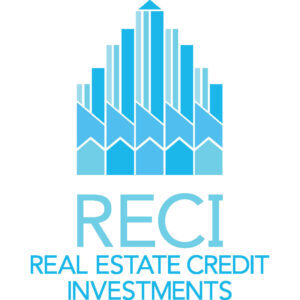The real estate sector is undergoing a significant transformation driven by the integration of sustainability, advanced technologies, and innovative designs. Investors and developers are increasingly required to navigate a changing landscape that places high value on eco-friendly practices, adaptability, and the use of smart technologies. As hybrid work models take hold and green building standards become more prominent, the sector faces both expanding opportunities and new challenges. To succeed in this evolving market, investors must grasp these trends and make informed decisions to harness the growth potential.
A notable trend in recent years has been the rising demand for luxury homes that balance upscale living with environmental responsibility. Buyers now seek high-end properties that offer both comfort and sustainability, creating a niche for eco-friendly luxury homes in scenic locations. A recent report highlights a surge in the popularity of such homes, with luxury properties priced above Rs 1.5 crore accounting for 45% of housing sales in the National Capital Region in 2024, a marked increase from just 3% in 2019. This shift underscores the growing desire for premium living environments that are also environmentally conscious.
The pandemic has further accelerated changes in work patterns, with hybrid work models becoming the new standard. This shift has reduced demand for traditional office spaces while increasing interest in more flexible work environments. To remain competitive, investors may need to consider diversifying their portfolios to include properties that cater to these emerging work habits, such as co-working spaces or buildings with adaptable layouts and cutting-edge technologies.
Sustainability is now a key consideration in real estate investments. Growing regulatory pressures and tenant demand for environmentally responsible spaces have led investors to prioritise properties with green certifications and energy-efficient features. These green buildings not only reduce energy consumption, offering long-term cost savings, but they also tend to attract premium tenants and command higher rental rates. In India, 45% of commercial real estate projects now incorporate green building standards, with a significant proportion of new office spaces expected to meet LEED certification by 2025.
Technological advancements are also transforming the commercial real estate market. Smart buildings, which use technology to enhance energy efficiency, security, and overall tenant experience, are becoming increasingly popular. Properties equipped with these features provide operational benefits, reduce costs, and attract tenants seeking tech-enabled environments.
The rise of e-commerce has fuelled demand for industrial and logistics real estate. Warehouses and distribution centres have become crucial components of modern supply chains, leading to heightened interest in these property types. Investors are finding opportunities in industrial spaces located near major transport hubs and urban centres, where last-mile delivery is essential. This sector is expected to grow significantly, with the industrial real estate market projected to reach $40 billion by 2025.
Mixed-use developments, combining residential, commercial, and retail spaces within a single project, are also gaining traction. These projects cater to consumers’ growing preference for walkable, self-contained communities that offer both convenience and a high quality of life. Such developments present investors with diversified income streams and the opportunity to mitigate risk by incorporating multiple asset types.
In addition, the focus on health and wellness is increasingly shaping commercial real estate design. Buildings that prioritise tenant well-being by enhancing air quality, incorporating natural light, and offering wellness amenities are in high demand. Many tenants are willing to pay a premium for properties with wellness certifications, highlighting the importance of incorporating health-focused features into real estate projects.
As the real estate sector continues to evolve, both developers and investors play a pivotal role in shaping future living environments. By embracing sustainability, leveraging advanced technologies, and staying attuned to shifting trends, stakeholders can contribute to creating more efficient, comfortable, and environmentally responsible spaces. This forward-thinking approach will not only improve living standards but also foster a more sustainable and prosperous future for all.
The continued integration of sustainable practices and cutting-edge technologies into real estate is fundamentally altering the way developments are approached. Those who keep pace with these changes will be well-positioned to capitalise on emerging opportunities while contributing to a greener and more innovative future in the industry.
Real Estate Credit Investments Limited (LON:RECI) is a closed-end investment company that specialises in European real estate credit markets. Their primary objective is to provide attractive and stable returns to their shareholders, mainly in the form of quarterly dividends, by exposing them to a diversified portfolio of real estate credit investments.



